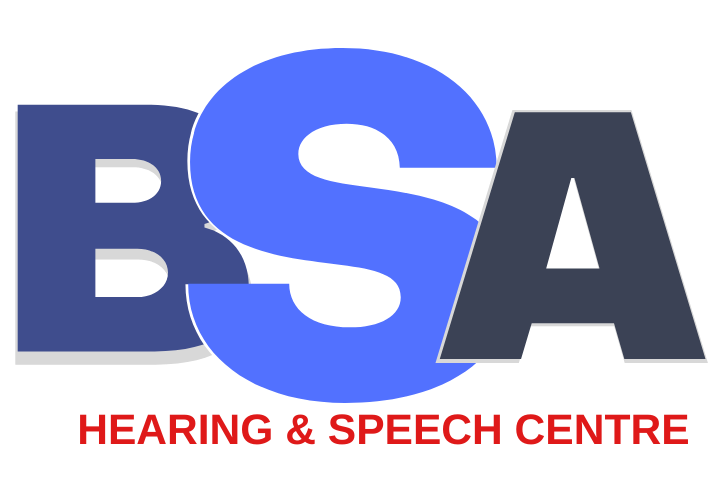In many developing countries the general awareness of hearing impairment is low. Lack of resources has resulted in a very few screening programs. The incidence of hearing impairment within the populations is high. Among Nigerian school children in the capital of Lagos, as many as 13.9 per cent of the pupils suffer from hearing loss. Yet, in just 2 per cent of the cases did parents or teachers observe signs of hearing loss. This is the conclusion of a study examining the prevalence of hearing impairment in Nigeria school children.
Over 250 million people suffer various degrees of hearing loss globally with 75% living in sub-saharan Africa out of which about 2.8% resides in Nigeria. This translate to approximately seven million Nigerians, that’s 2.8% of 160 million of total population suffers from one hearing disorder or another
The researchers found that among those children who were suffering from hearing loss 8.9 per cent experienced mild hearing loss while 2.8 per cent, respectively, were suffering from moderate and severe hearing loss.
The study also looked at various types of hearing loss. 36 per cent of the sufferers had conductive hearing loss, 24 per cent had sensorineural hearing loss, and 40 per cent showed signs of mixed hearing loss.
The researchers also examined the children for other ear problems. They found a significant association between hearing loss and compacted cerumen. About 53 per cent of the children had a history of compacted cerumen. Of these, 80 per cent were suffering from some kind of hearing loss.
The study included 359 school children with an average age of 6.7 years. The children were a representative sample of children in the inner city Lagos. The categories of hearing loss were defined as slight (16-25 dB HL) , mild (26-40 dB HL), moderate (41-70 dB HL), severe (71-95 dB HL) and profound (>95 dB HL).

